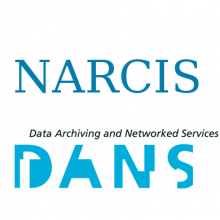Resource information
Land is a valuable and finite resource, particularly in a small country such as Israel. A variety of drives, such as: urbanization and smart utilization of space, is prompting the stakeholders to promote new land policies. These policies should reflect the societal needs and demands as well as factor in and balance between numerous aspects. Furthermore, in recent years the ecological angle, forest and species preservation have become more and more acute, urging in turn for an even stricter land related actions.
In most countries around the world - Israel being no exception - land administration system is a decentralized one, that is to say, multiple organizations and government departments are involved. In Israel the spatial component is under the authority of Survey of Israel, whereas the Land Registry Offices, with the Ministry of Justice, are in charge of the legal aspects of land administration. However, there are several more players to consider, such as: Israeli Land Authority which is responsible for the managing of approximately 93 percent of all land; the Planning Administration and Planning Commissions - on both national and local levels - which need up-to-date cadastral and land use information for spatial planning, urban and rural development and adequate allocation of land; and finally the entrepreneurs and private citizens, who too require access to the relevant land data. To ensure consistency in access to data, as well as sharing and exchange thereof, institutional interoperability is crucial. Informed decision making, effective and efficient management of land resources and ultimately economic development and sustainability of a country are dependent on it. In order to achieve this cross-organizational coherence a model-driven approach is required.
Land Administration Domain Model (LADM) - ISO 19152 standard, a conceptual model which incorporates both legal and spatial components, offers a common language and provides a solid foundation for establishing a national Spatial Data Infrastructure (SDI).
This paper describes the development of an LADM-based Israeli country profile, in light of the amendment to the Land Law of 1969 which allows the registration of 3D parcels and calls for new affiliated regulations and the utilization of new technologies. An overview of the existing land administration system key components and procedures as well as ongoing and planned enhancements are given.



